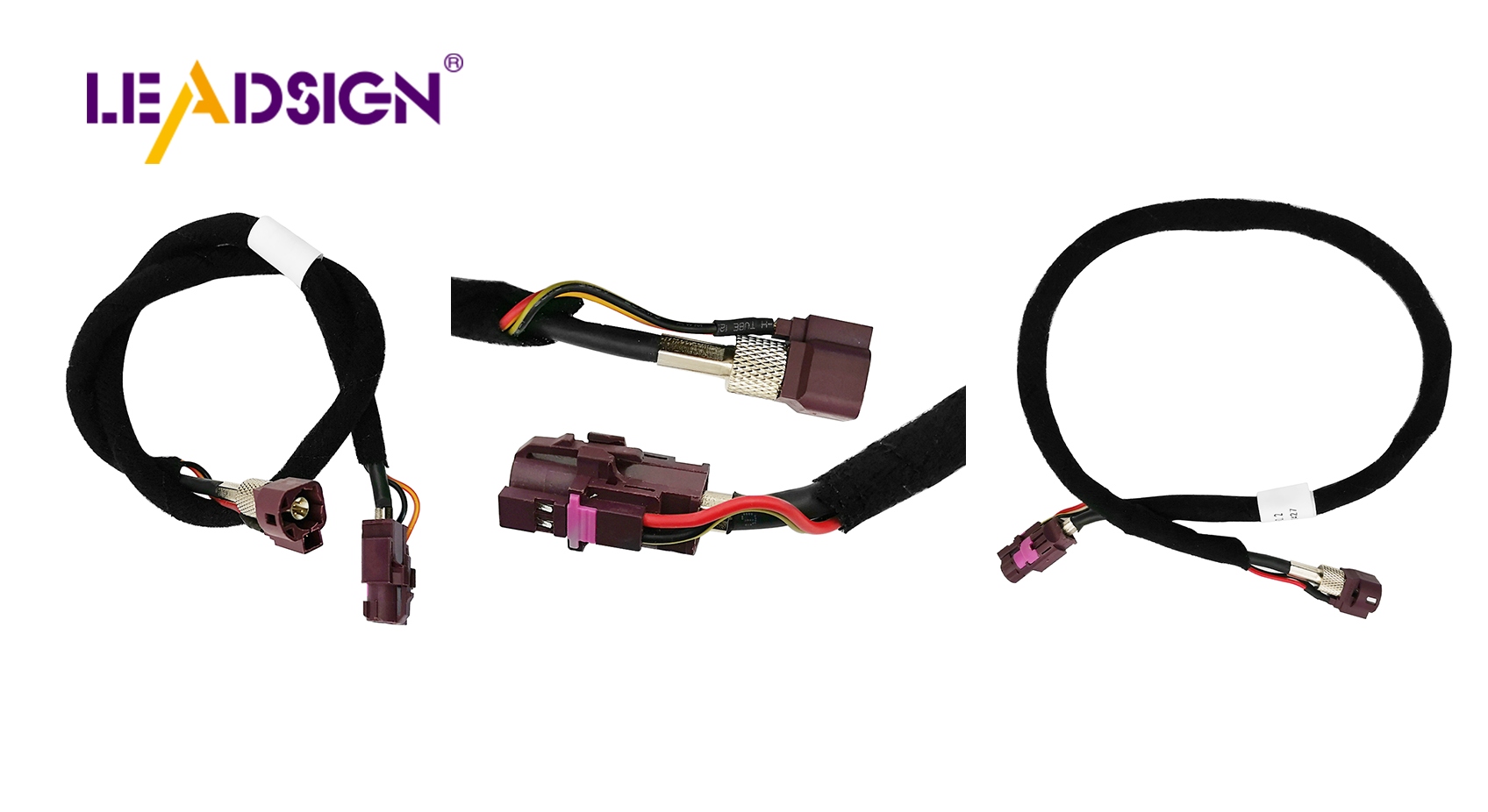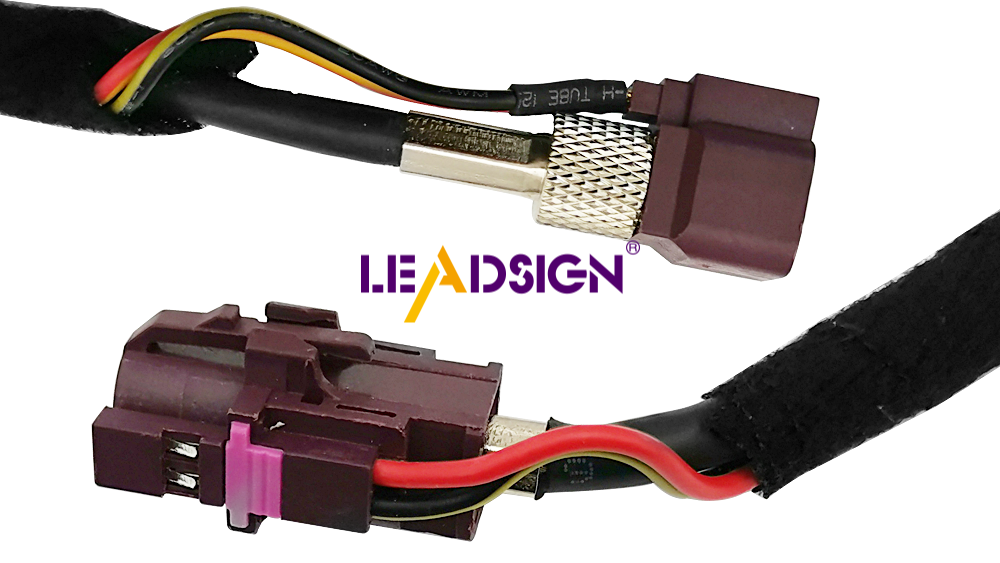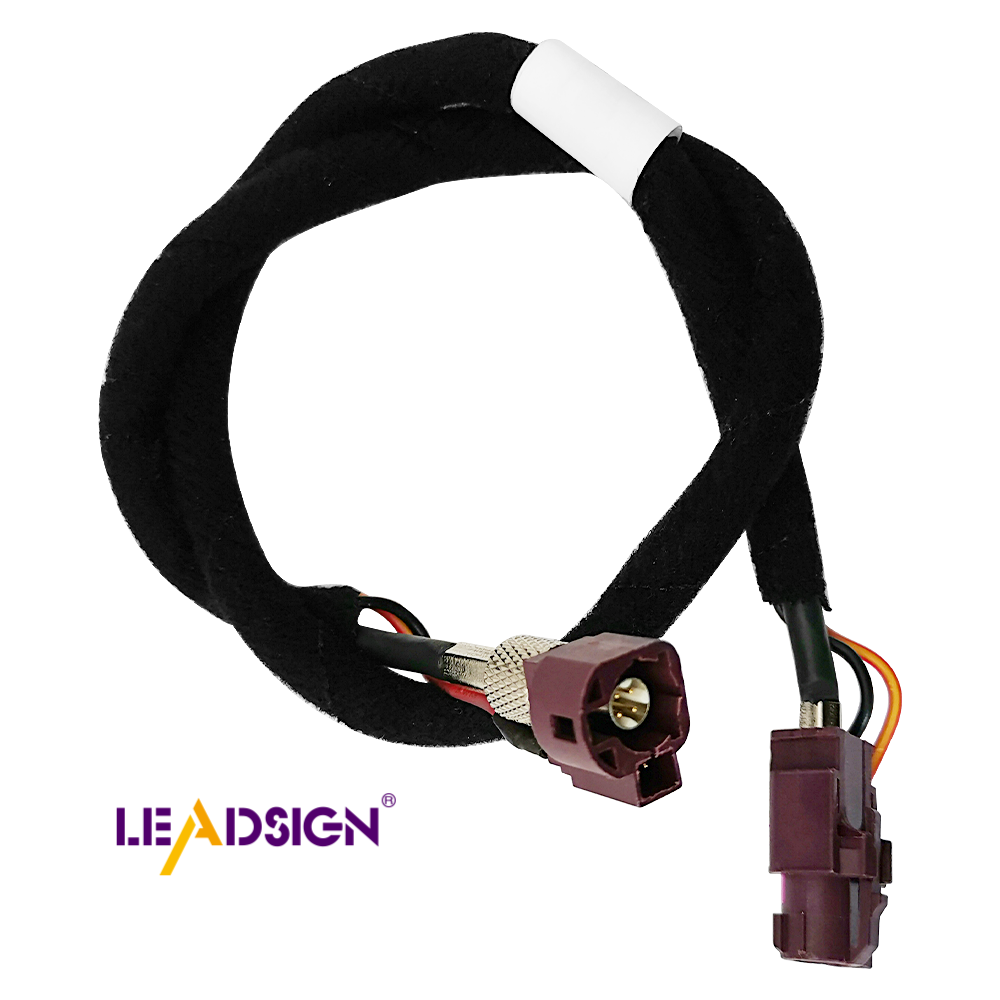How to Navigate Car Wire Connector Types

Understanding different car wire connector types is crucial for automotive tasks. These connectors play a vital role in ensuring the proper functioning of vehicle electronics by facilitating communication and power transmission. With various types available, each connector serves a specific purpose, such as enhancing safety or enabling entertainment features. While it may initially appear challenging to grasp all the variations, having knowledge about these connectors greatly benefits individuals working on cars. By familiarizing yourself with the different car wire connector types, you can effectively troubleshoot, repair, and enhance automotive systems, ultimately boosting your confidence in handling car wiring assignments.
Understanding Car Wire Connector Types

Basic Ideas of Car Wire Connector Types
What are Car Wire Connectors?
Car wire connectors are key parts in cars. They connect electrical parts to make circuits. Think of them like veins in a body, helping power and signals move through the car. These connectors usually have a jack and plug that fit together tightly. As more gadgets get added to cars, we need better connectors.
Why are They Important in Cars?
Car wire connectors help keep car systems working well and safely. They link things like sensors, lights, and music systems so they work together. New safety features need special connectors. Also, newer plastic cables need special connectors to send data better and make cars lighter. Knowing about these helps you fix connections so your car runs great.
Different Car Wire Connector Types
Blade Connectors
Blade connectors are flat metal pieces that slide into slots. They're used a lot because they're simple and strong. You see them in fuse boxes where they connect easily.
Bullet Connectors
Bullet connectors are round and snap into place quickly. They're good for places where wires need to be connected often, like lights.
Butt Connectors
Butt connectors join two wires end-to-end smoothly. Strip the wire ends, put them in the connector, and crimp it tight.
Pin Connectors
Pin connectors have pins that fit into sockets for many wires at once. They're found in engine controls for secure connections.
Ring and Spade Connectors
Ring and spade connectors attach wires to posts. Rings go over bolts; spades slide under screws for strong connections even when things shake.
Knowing these connector types helps you handle car wiring with ease.
Identifying Car Wire Connector Types

How to Recognize Connectors
Color Coding of Connectors
You can spot car wire connectors by their color. Makers use colors to show what each connector does. For example, red might mean power, and blue could mean data. This makes it easy to know each connector's job. Learning these colors helps you work with car wires fast.
Shape and Size Differences
Connectors have different shapes and sizes. Each one fits certain parts. Blade connectors are flat; bullet ones are round. By looking at them, you can tell them apart easily. This helps you pick the right connector and avoid mistakes.
How They Work
Electrical Properties
Knowing how connectors work is important. They handle different voltages and currents. Some are for fast data; others for power. By understanding this, you choose the right one for your needs, keeping systems safe.
Uses in Cars
In cars, connectors do many jobs. Fortune Business Insights says more sensors need special connectors now. These help with safety features and gadgets in cars. Knowing what each type does helps you improve your car’s electronics safely.
Practical Tips for Navigating Car Wire Connectors
Tools and Equipment for Handling Connectors
Essential Tools for Working with Connectors
To work well with car connectors, use the right tools. A wire stripper takes off insulation without harm. Crimping tools make tight connections by squeezing wires together. A multimeter checks if everything is working right. Push-in connectors are quick and small, great for many wires. They cost more but save time and effort.
Safety Equipment and Precautions
Safety is key when handling car connectors. Wear goggles to protect your eyes from sparks. Use insulated gloves to avoid electric shocks. Disconnect the car battery before starting work. This stops accidental short circuits. Always work in bright light to see clearly.
Best Practices for Connector Management
Proper Installation Techniques
Install connectors correctly for good performance. Strip wire ends carefully first. Put them into the connector and crimp tightly. Ensure no loose wires exist. For twist-on caps, twist wires before adding the cap. This works best for stranded wires.
Maintenance and Troubleshooting Strategies
Regular care keeps wiring in top shape. Check connectors for wear or rust often. Clean them with contact cleaner to improve flow of electricity. Replace any bad connector instead of fixing it. Use a multimeter to find problems fast by checking voltage and continuity.
Knowing car wire connectors is important for car work. It helps you make safe and quick connections. This boosts safety and efficiency. With this knowledge, you can handle wiring tasks confidently and improve your car's performance.
"Push-in connectors are quick and small. They fix issues with big twist-on caps."
To learn more, check out car wiring guides and online videos. These will help you get better skills and stay updated on new car tech.
See Also
Exploring Ford Fakra Connectors: A Comprehensive Overview
Decoding Fakra Connectors in Honda Cars: Everything You Need
Mastering HSD Connectors: Essential Knowledge for Auto Sector

